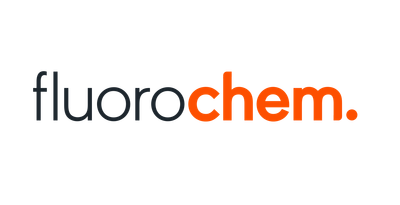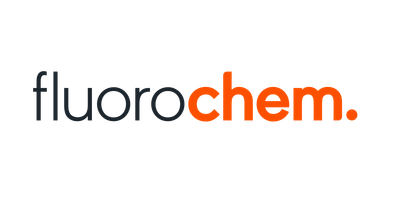Ruthenium oxalate 1 g
SKU 004154
€ 344,52
In stock
1
Save this product for later
Ruthenium oxalate 1 g
Product Details
Cation: Ru
Packaging: 1 g
EAN: 8721028246714
Brand: Laboratoriumdiscounter
Ruthenium oxalate is a rare and valuable compound used in various industrial applications. With its unique properties, it serves as a catalyst in chemical reactions and plays a crucial role in the production of pharmaceuticals, dyes, and electronic devices. Its exceptional stability and efficiency make it a sought-after material in the field of catalysis. Discover the immense potential of ruthenium oxalate and its contribution to advancements in various industries.
When working with Ruthenium oxalate, it is important to follow proper safety precautions to minimize the risk of accidents or exposure. Here are some short safety instructions to consider: 1. Personal Protective Equipment (PPE): Always wear appropriate PPE, including gloves, safety goggles, and a lab coat or protective clothing. This will help protect your skin, eyes, and clothing from potential contact with the chemical. 2. Ventilation: Ensure that you are working in a well-ventilated area or under a fume hood. Ruthenium oxalate may release harmful fumes or gases when heated or mixed with other substances, so proper ventilation is crucial. 3. Handling and Storage: Handle the chemical with care, avoiding any spills or splashes. Store it in a tightly sealed container in a cool, dry place away from incompatible materials. Follow any specific storage instructions provided by the manufacturer. 4. Avoid Ingestion and Inhalation: Never eat, drink, or smoke while working with Ruthenium oxalate. Avoid inhaling the chemical or allowing it to come into contact with your mouth or nose. If accidental ingestion or inhalation occurs, seek medical attention immediately. 5. Chemical Compatibility: Be aware of the chemical's compatibility with other substances. Avoid mixing Ruthenium oxalate with incompatible materials, as it may lead to hazardous reactions or release of toxic gases. 6. Emergency Preparedness: Familiarize yourself with the location and proper use of safety equipment, such as eyewash stations, safety showers, and fire extinguishers. In case of an accident or exposure, know the appropriate steps to take and seek medical assistance if necessary. 7. Proper Disposal: Dispose of Ruthenium oxalate and any contaminated materials according to local regulations and guidelines. Do not pour it down the drain or dispose of it in regular trash bins. Remember, these instructions are not exhaustive, and it is essential to consult the specific safety data sheet (SDS) and follow any additional safety guidelines provided by the manufacturer or your institution.
Please note, not all safety data for this product is available on our website, for a complete list of P en H sentences and other safety instructions please request the MSDS at our customer service
You May Also Like
Powered by Lightspeed
Display prices in:EUR
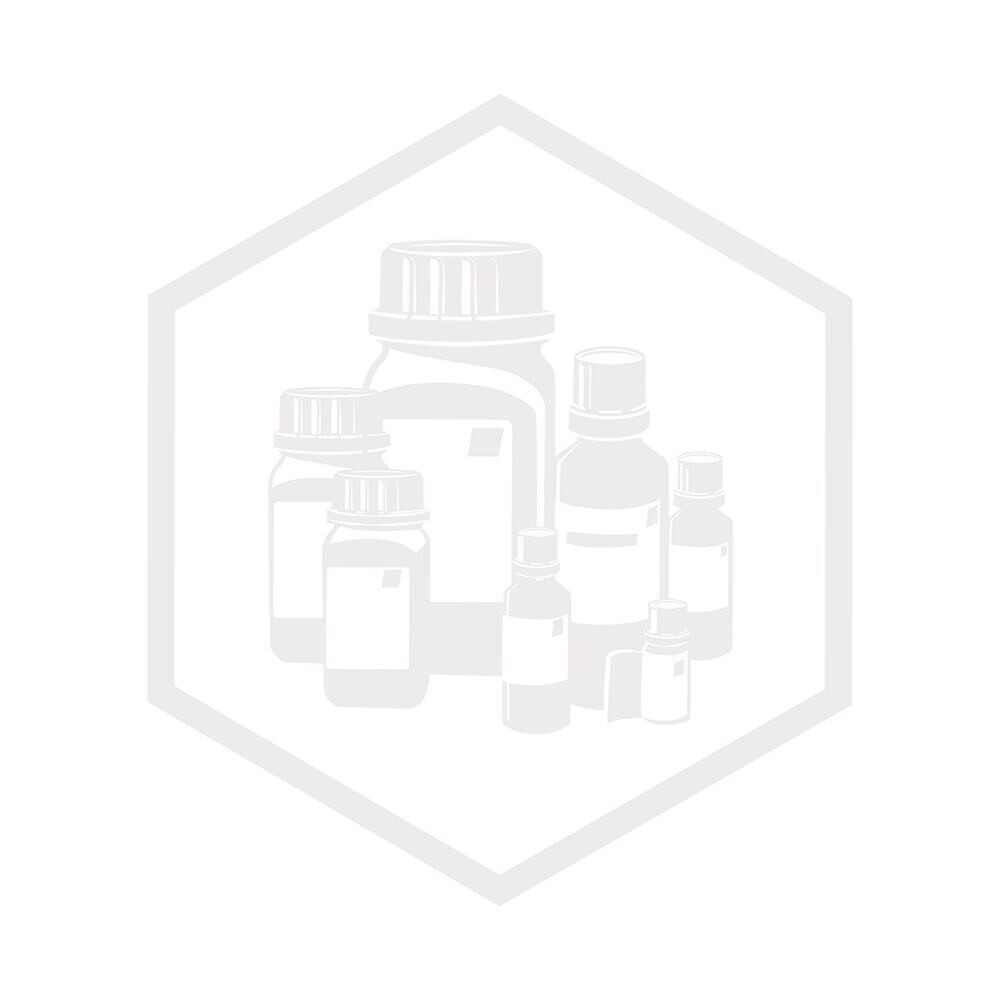
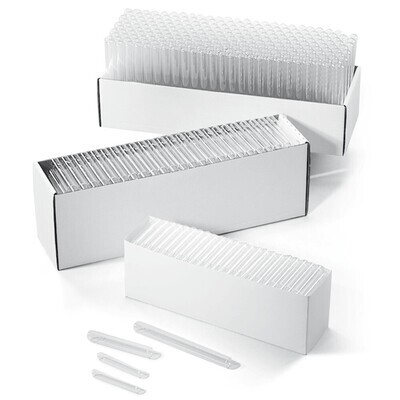
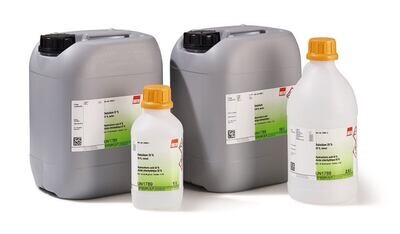
![Thieno[2,3-c]pyridine-5-carboxylic acid, 95.0%, 1g Thieno[2,3-c]pyridine-5-carboxylic acid, 95.0%, 1g](https://d2j6dbq0eux0bg.cloudfront.net/images/88473019/4771435108.png)
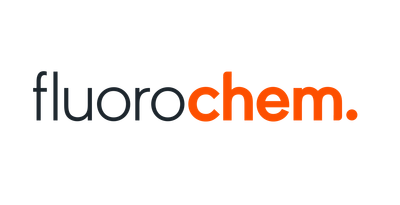
![4'-[8-(1,4-dioxa-8-azaspiro[4.5]decyl)methyl]-3-methoxy benzophenone, 97.0%, 1g 4'-[8-(1,4-dioxa-8-azaspiro[4.5]decyl)methyl]-3-methoxy benzophenone, 97.0%, 1g](https://d2j6dbq0eux0bg.cloudfront.net/images/88473019/4863518120.png)



